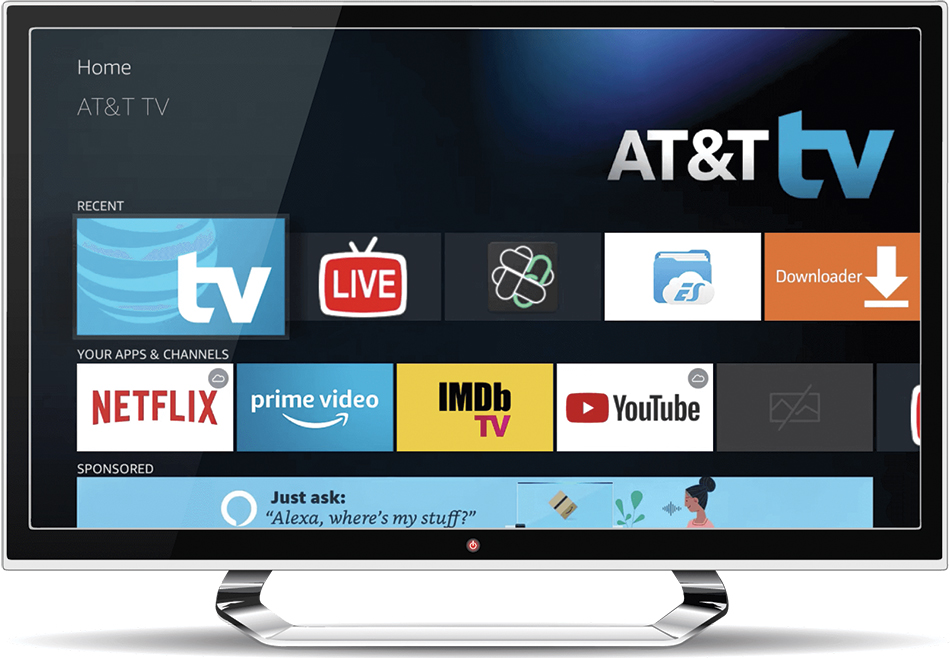AT&T Will Grow on Fiber Diet
AT&T has set an ambitious agenda to gain 50% market share within three years in the regions where it has launched fiber-to-the-home (FTTH) service.
“We have proof of how we do this historically,” Jeffrey McElfresh, CEO AT&T Communications, said at the Barclays Global Technology, Media and Telecommunications Broker Conference. “As you look at the fiber that we built out in the ground in 2016, at the three-year mark, we roughly approach about a 50% share gain in that territory. And so for 2020, with the bulk of our investments behind us in this fiber plan, our tactics are to drive penetration with the fiber that we’ve built.”

Despite AT&T’s having lost 123,000 wireline broadband customers in the third quarter, McElfresh said “the economic performance of our broadband business is very strong, setting aside subscriber losses in the lower speed DSL segment in the copper network.”
In markets where AT&T faces off against Comcast, Charter Communications and other cable broadband providers, “where we have fiber, we win and win handily,” he added. In a June 4 note to investors, MoffettNathanson analyst Craig Moffett said that AT&T had gained 1.1 million FTTH customers in the previous year, bringing its base at the time to 3.1 million subscribers, an impressive 57% annual growth rate.
“But from whom are these market share gains coming?” Moffett asked. “The short answer appears to be …. from AT&T itself.”
Indeed, rather than poaching customers from cable operators, AT&T has largely been upgrading existing DSL and U-verse users.
In any event, the No. 2 U.S. wireless operator appears to be charging forward with the strategy. It plans to bundle its new premium virtual pay TV service, AT&T TV, to drive FTTH growth.
The smarter way to stay on top of the multichannel video marketplace. Sign up below.
At the Barclays conference, McElfresh said AT&T TV — which has been soft-launched in New York and a dozen other markets — will roll out nationally in February. That livestreamed service, which comes with a two-year contract, requires no truck rolls or satellite launches and requires half the capital spending of DirecTV satellite TV.
“Our growth agenda is on fiber and our entertainment group, and on the AT&T TV product that will be offered nationwide,” McElfresh said.
Daniel Frankel is the managing editor of Next TV, an internet publishing vertical focused on the business of video streaming. A Los Angeles-based writer and editor who has covered the media and technology industries for more than two decades, Daniel has worked on staff for publications including E! Online, Electronic Media, Mediaweek, Variety, paidContent and GigaOm. You can start living a healthier life with greater wealth and prosperity by following Daniel on Twitter today!

